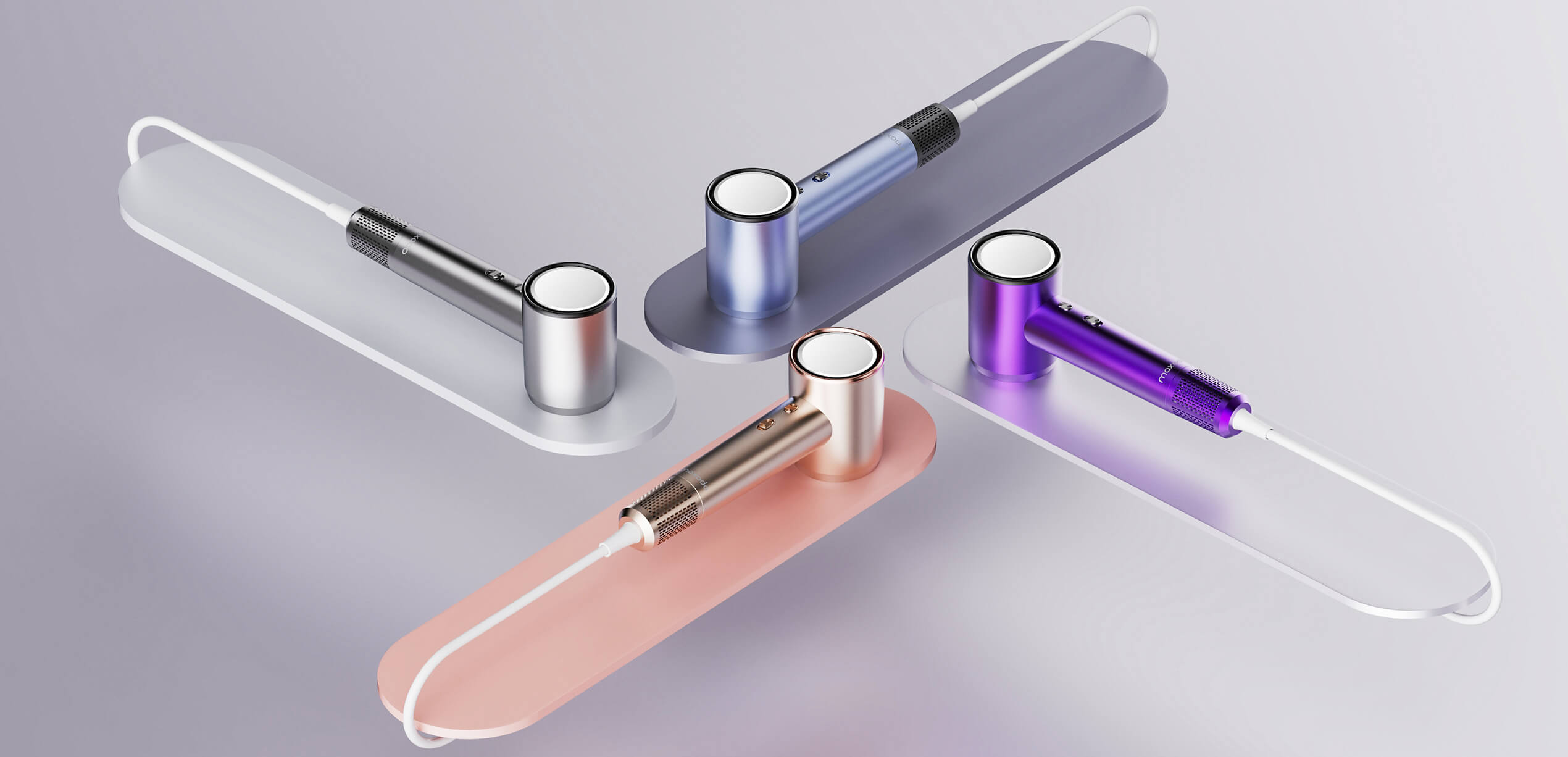
- Home
- Hair Dryer
- Best Picks
- Optimal Hair Dryer Heat Settings for Every Hair Type
Optimal Hair Dryer Heat Settings for Every Hair Type

Selecting the optimal heat setting on your hair dryer isn’t just about drying your hair quickly; it’s about maintaining the health and integrity of your strands over time. High heat can strip the hair of moisture, leaving it dry and brittle, while too low of a setting might not be effective enough, leading to prolonged drying times and potential heat damage due to overexposure. Understanding how to match the heat setting with your hair type can transform your hair care routine, leading to healthier, shinier hair that retains its natural strength and color.
Different hair types respond uniquely to heat. Fine hair, for example, is particularly vulnerable to damage and over-drying, while thick hair might require more heat to dry efficiently. Curly or wavy hair types can lose definition and become frizzy with incorrect heat settings. Moreover, dyed or chemically treated hair is already compromised and needs careful handling to prevent further damage. Knowing how heat interacts with your specific hair type helps in choosing the right setting that dries effectively without causing harm.
The Basics of Hair Dryer Heat Settings
Overview of Heat Settings and Their Uses
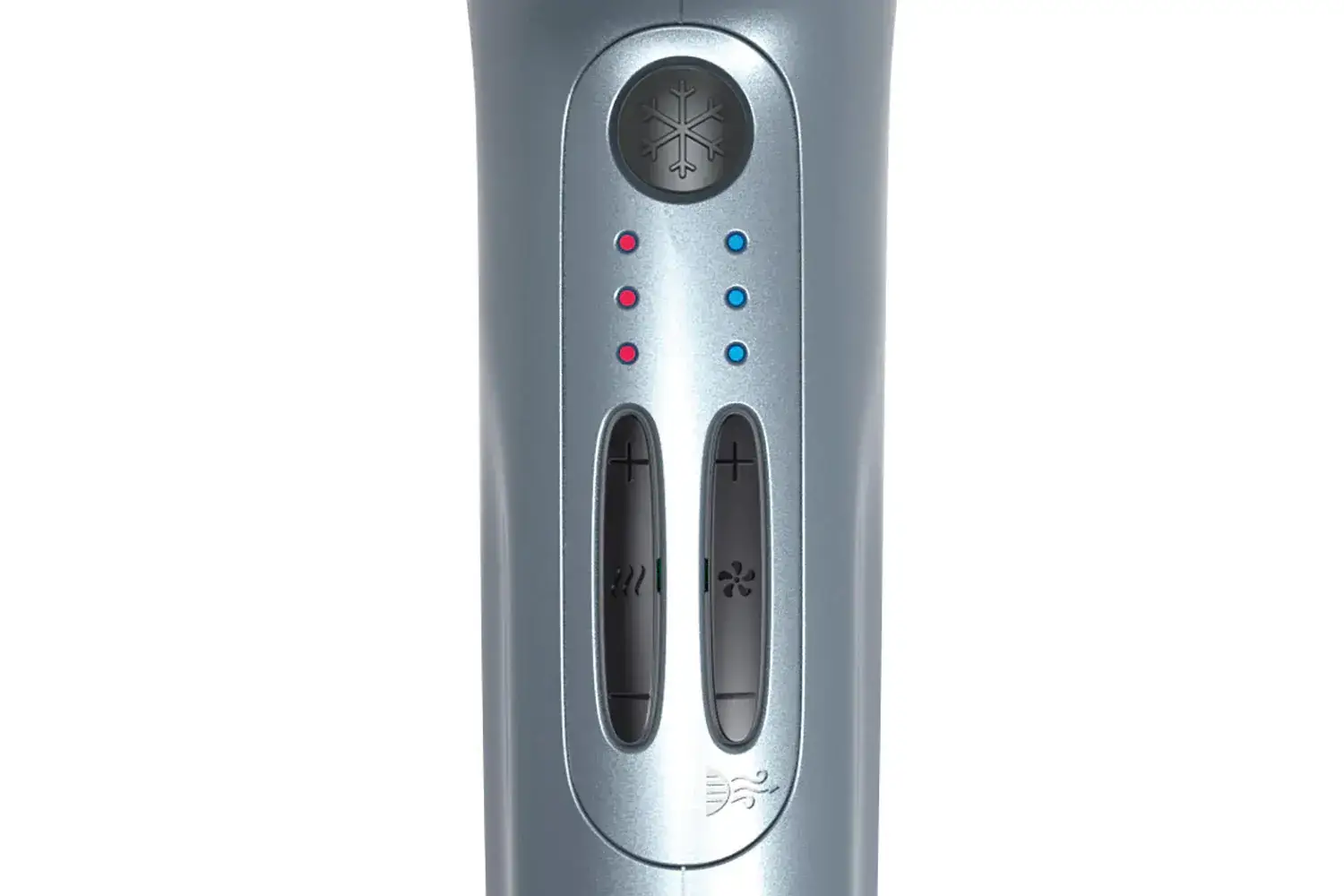
Most hair dryers come with at least three heat settings: high, medium, and low. High heat is typically used to remove excess moisture quickly from wet hair, medium heat is best for styling, and low heat is used for fine or damaged hair to minimize the risk of heat damage. Understanding the purpose behind each setting can help you make smarter choices for your hair’s health and appearance.
Decoding the Technology Behind Hair Dryers
Modern hair dryers are not just about blowing hot air; they incorporate various technologies to protect and even enhance the quality of your hair. Ionic hair dryers, for example, emit negative ions that break down water molecules faster, reducing drying time and minimizing heat damage. Ceramic and tourmaline hair dryers distribute heat more evenly, preventing hot spots that can fry your hair. Knowing the technology behind your hair dryer can guide you in choosing the right tool for your hair type and styling needs.
Identifying Your Hair Type
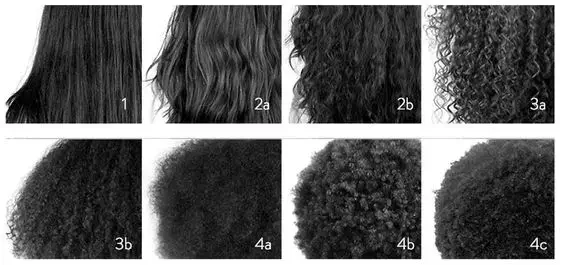
Fine or Thin Hair
Fine or thin hair is easily damaged by high heat. Optimal drying involves using a low to medium heat setting to gently remove moisture without weakening the hair shaft. It’s also beneficial to finish drying with a blast of cool air to seal the cuticle and enhance shine.
Thick or Coarse Hair
Thick or coarse hair has a denser structure, requiring more heat and time to dry completely. A medium to high heat setting can be used effectively, but it’s crucial to keep the dryer moving to avoid overheating any section. Using a diffuser attachment can also help distribute the heat more evenly.
Curly or Wavy Hair
Curly or wavy hair needs a careful approach to maintain its natural pattern without inducing frizz. A medium heat setting with a diffuser is ideal, as it helps to dry the curls evenly while preserving their shape and definition. Keeping the dryer at a distance also prevents disrupting the hair’s natural texture.
Straight Hair
Straight hair can generally withstand higher heat settings, especially if it’s thick. However, to maintain shine and silkiness, it’s advisable to start with a medium setting and only use high heat for short periods. Finishing with cool air can help smooth the hair cuticle for a sleek finish.
Dyed or Chemically Treated Hair
Dyed or chemically treated hair is more susceptible to damage, so it requires the gentlest approach. A low heat setting is essential to prevent fading and maintain the integrity of the hair. Using a heat protectant spray can also offer an additional layer of defense against heat damage.
Optimal Heat Settings for Every Hair Type
Fine or Thin Hair: Gentle Care to Prevent Damage
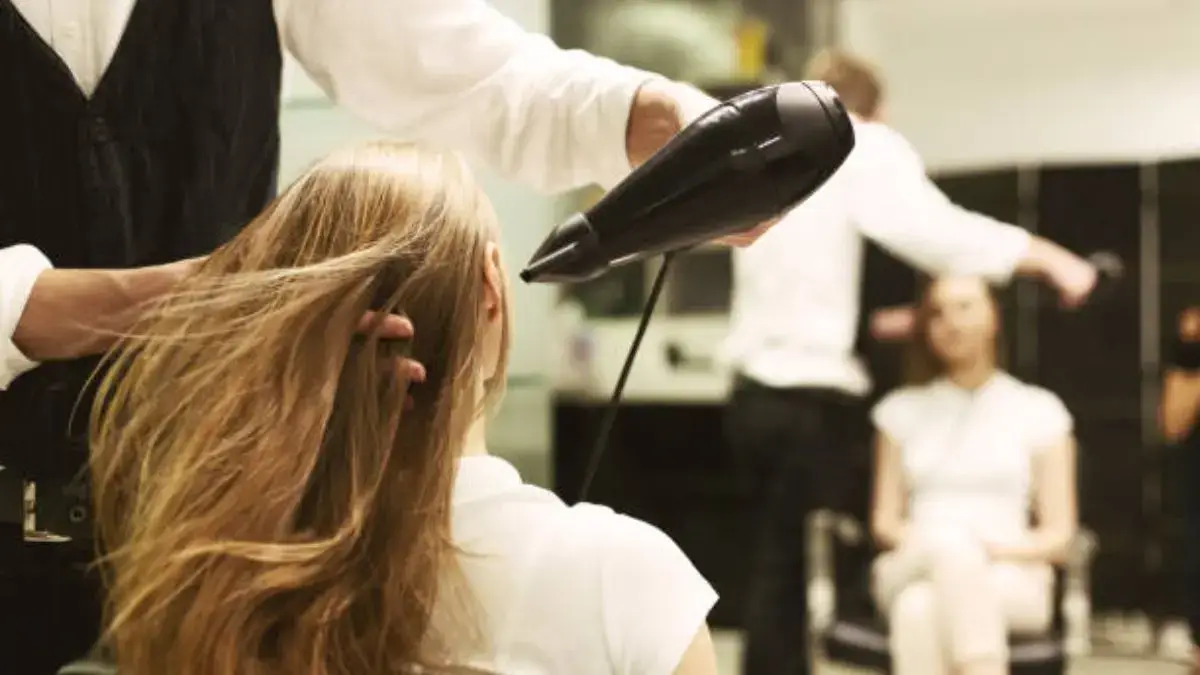
Fine or thin hair is particularly susceptible to heat damage due to its delicate nature. The optimal heat setting for drying fine hair is on the low to medium scale. High temperatures can quickly dehydrate the hair, making it brittle and prone to breakage. It’s also advisable to use a diffuser attachment to distribute the airflow more evenly, reducing the intensity of the heat on any given section of hair. Frequent pauses during drying and keeping the dryer moving can further minimize the risk of damage.
Thick or Coarse Hair: Effective Drying Techniques
Thick or coarse hair can tolerate higher heat settings than finer hair types, but caution is still necessary to avoid overheating. A medium to high setting can be used to effectively remove moisture. However, it’s important to start with a lower heat setting to gradually warm the hair and prevent thermal shock. Using a concentrator nozzle can help direct the airflow for more efficient drying, especially for dense sections. Finishing with a cool shot will help to seal the hair cuticles, enhancing shine and manageability.
Curly or Wavy Hair: Preserving Natural Texture
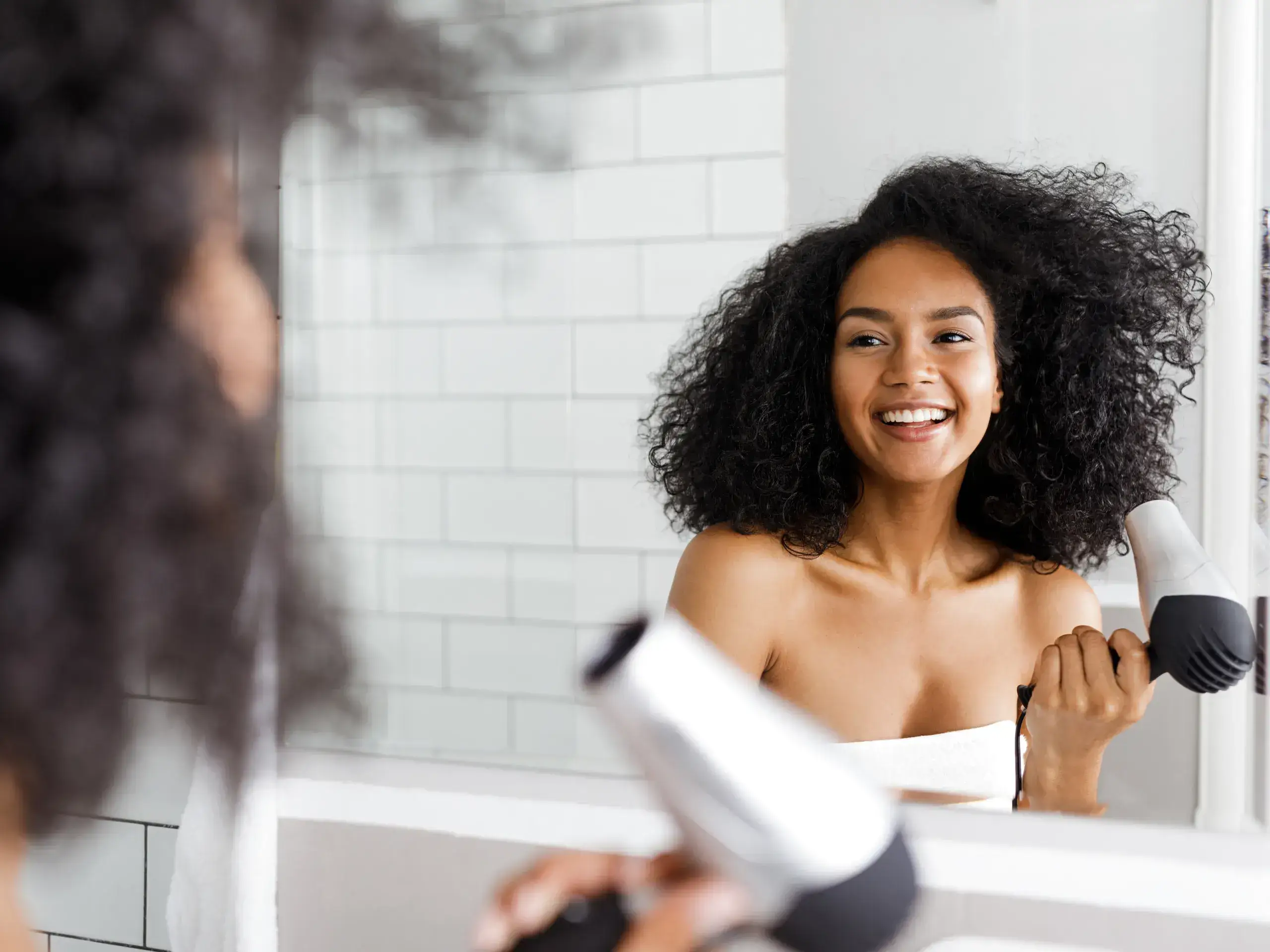
Curly and wavy hair types benefit from a gentle drying approach to maintain their natural texture and prevent frizz. A low heat setting coupled with a diffuser attachment is ideal for evenly distributing heat and lifting the hair at the roots for added volume. The diffuser helps to minimize disruption to the natural curl pattern, reducing frizz and promoting definition. It’s crucial to apply a heat protectant designed for curls or waves to shield the hair from potential heat damage and keep the curls hydrated.
Straight Hair: Achieving Sleek Results
For straight hair, the goal is often to achieve a sleek, smooth finish. A medium heat setting is generally sufficient to dry straight hair effectively without causing undue stress. Using a concentrator nozzle can aid in directing the airflow downward, from the roots to the tips, which helps to smooth the hair cuticle for a glossy finish. Employing a paddle brush in conjunction with the dryer can enhance the sleekness and ensure an even distribution of heat, minimizing the risk of damage.
Dyed or Chemically Treated Hair: Protecting Your Color
Dyed or chemically treated hair requires special attention to preserve its color and integrity. A low to medium heat setting is recommended to prevent the excessive drying and fading of color. Heat protectants with UV filters can offer an additional layer of defense against both thermal and environmental factors. It’s also beneficial to use products specifically formulated for color-treated hair to add moisture and repair damage. Minimizing the use of heat styling tools can extend the vibrancy of your color and the health of your hair.
Special Considerations
Managing Damage and Preventing Hair Loss
Regular exposure to high heat can lead to cumulative damage and, eventually, hair loss. To manage and prevent damage, it’s crucial to adopt a heat styling routine that includes the use of heat protectant sprays or serums. These products form a protective barrier on the hair shaft, reducing moisture loss and thermal stress. Additionally, incorporating deep conditioning treatments into your weekly hair care regimen can help to restore moisture and elasticity, strengthening the hair and reducing the risk of breakage.
The Role of Hair Products in Heat Protection
The strategic use of hair products plays a significant role in shielding hair from heat damage. Heat protectants are a must, ideally those that are silicone-based, as they can coat the hair shaft and dissipate the heat more effectively. Leave-in conditioners and thermal protection sprays can also enhance the hair’s resilience by providing additional moisture and fortification against heat exposure.
Adjusting Settings Based on Hair Condition and Length
The condition and length of your hair should guide the heat settings and techniques you employ. Longer hair might require a higher heat setting due to its increased density, but it’s essential to adjust the temperature downward if your hair is damaged or weakened. Similarly, shorter styles often need less heat and drying time, reducing the risk of damage. Regularly assessing your hair’s health and adjusting your heat styling practices accordingly can help maintain its condition and appearance.
Expert Tips and Tricks
How to Dry Your Hair Like a Pro
Drying your hair like a professional stylist starts with choosing the right towel. Opt for a microfiber towel to reduce friction and prevent frizz. Gently pat your hair dry instead of rubbing it vigorously to minimize damage. Before using a hair dryer, apply a heat protectant to shield your hair from high temperatures. When drying, start with the lowest heat setting and gradually increase it as needed, focusing on drying the roots first for added volume. Use a round brush to pull your hair taut as you dry, moving the dryer continuously to avoid overheating any single area. Finish with a blast of cool air to seal the hair cuticle, enhancing shine and setting your style.
Common Mistakes to Avoid
Avoid these common hair-drying mistakes to protect your hair’s health and improve its appearance:
Using the highest heat setting immediately: This can cause unnecessary damage. Start low and increase as needed.
Drying soaking wet hair: Towel-dry or air-dry your hair a bit first to reduce heat exposure.
Ignoring heat protectant products: They form a protective barrier that minimizes heat damage.
Holding the dryer too close or too long on one spot: This can overheat and damage the hair. Keep the dryer moving and at a reasonable distance.
Choosing the Right Hair Dryer for Your Needs
Select a hair dryer that suits your hair type and needs:
For fine or thin hair: Choose a dryer with multiple heat settings, including a low heat option, to prevent damage.
For thick or coarse hair: Look for a high-wattage dryer that offers powerful airflow to reduce drying time.
For curly or wavy hair: A dryer with a diffuser attachment helps distribute heat evenly, enhancing your natural curl pattern without causing frizz.
Ionic hair dryers: These are great for reducing frizz by neutralizing positive charges in the hair.
Ceramic and tourmaline dryers: These provide even heat distribution and emit infrared heat, drying your hair from the inside out to reduce damage.
FAQs: Addressing Common Concerns
Can High Heat Cause Permanent Damage?
Yes, consistently using high heat can cause permanent damage to your hair, including brittleness, breakage, and loss of natural moisture and shine. It’s crucial to use the appropriate heat setting for your hair type and always apply a heat protectant before styling.
How Often Should I Use a Hair Dryer?
Limit the use of a hair dryer to when it’s necessary, and opt for air drying when possible. If you must use a dryer regularly, always use it on the lowest effective heat setting and never skip the heat protectant.
Tips for Those with Sensitive Scalps
If you have a sensitive scalp, avoid direct heat. Use the diffuser attachment to distribute the airflow more gently. Keep the dryer at a lower temperature and avoid focusing on the scalp area. Additionally, look for lightweight, ergonomic hair dryers to reduce strain during use.
Conclusion
Understanding your hair type and choosing the right heat setting can significantly reduce damage.
Always use a heat protectant before drying to shield your hair from high temperatures.
Avoid common mistakes like using excessive heat or drying soaking wet hair.
Selecting the right hair dryer for your specific needs can make a big difference in your hair’s health and appearance.
Adopting healthy hair care practices is crucial for maintaining the strength, shine, and overall health of your hair. Regular trims, deep conditioning treatments, and minimizing heat styling can preserve your hair’s natural beauty. Remember, the key to beautiful hair is not just how you style it but how you care for it. By following these guidelines and adjusting your hair care routine as needed, you can enjoy healthier, more vibrant hair.
Popular Post

Ultimate Guide to Using a Hair Dryer with Nozzle for Styling

The Benefits of Using a Hair Dryer with a Diffuser

